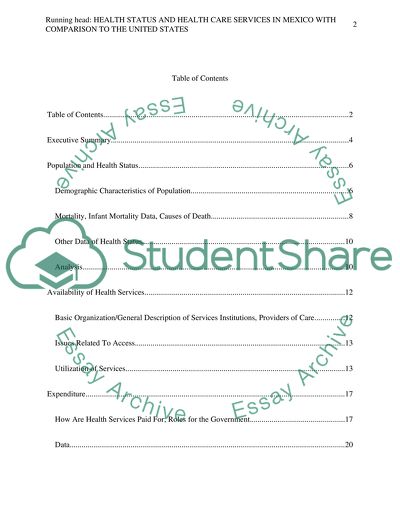Cite this document
(“Health Status and Health Care Services in Mexico with comparison to Research Paper”, n.d.)
Retrieved from https://studentshare.org/health-sciences-medicine/1401044-health-status-and-health-care-services-in-mexico
Retrieved from https://studentshare.org/health-sciences-medicine/1401044-health-status-and-health-care-services-in-mexico
(Health Status and Health Care Services in Mexico With Comparison to Research Paper)
https://studentshare.org/health-sciences-medicine/1401044-health-status-and-health-care-services-in-mexico.
https://studentshare.org/health-sciences-medicine/1401044-health-status-and-health-care-services-in-mexico.
“Health Status and Health Care Services in Mexico With Comparison to Research Paper”, n.d. https://studentshare.org/health-sciences-medicine/1401044-health-status-and-health-care-services-in-mexico.


